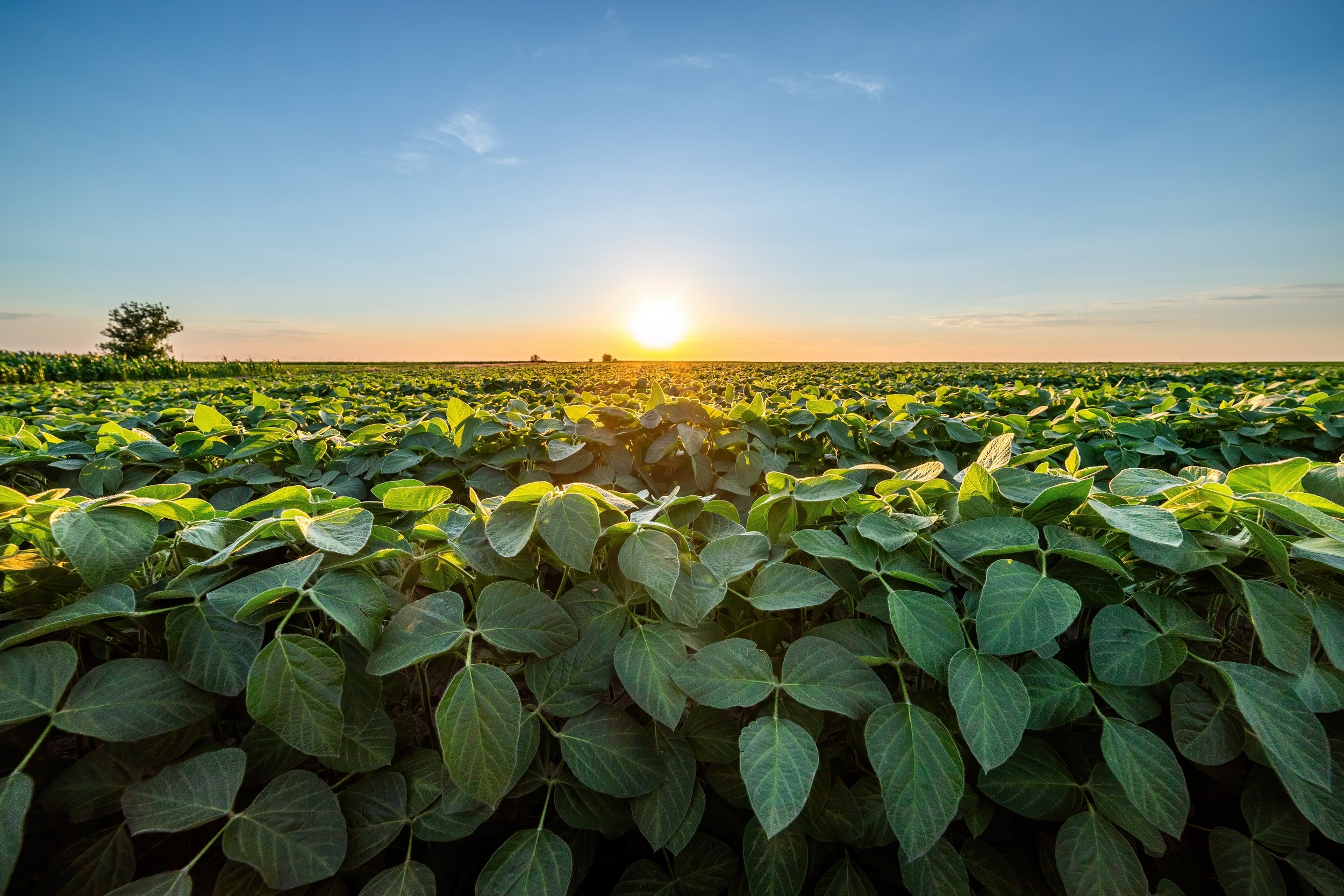Agriculture and food processing account for approximately 10% of Minnesota’s economy, contributing $40.3 billion and 330,000 jobs
Minnesota has more than 700 food brands and an entrepreneurial food hub.
From Rose Totino’s frozen pizzas and Hormel’s spiced ham to R.D. Offutt’s potatoes, which produce 500 million pounds of French fries annually, Minnesota has long been a global leader in food and agriculture. Minnesota farmers and businesses are feeding and fueling the world.
Agriculture and food processing account for approximately 10% of Minnesota’s economy, contributing $40.3 billion and 330,000 jobs. Minnesota is the fourth-largest agricultural exporting state with the fifth-highest concentration of food scientists and technologists.
Minnesota's agriculture and food sector has grown by 10% since 2019 and is the fastest-growing industry.
Minnesota has a rich history of generational family farms – many of which have scaled to remain competitive in today’s environment. Today's average farm size is about 390 acres, only slightly larger than 350 acres 25 years ago. Yet, regardless of size, Minnesota farms have a unique opportunity to connect with consumers who desire to know more about where their food comes from.
Minnesota farmers are the leaders, ranking #1, in red kidney bean, sugar beet, green pea, and turkey production.
We are also a leader in hogs, oats, wild rice, and sweet corn production. Minnesota also falls in the top ten in several categories, including corn production, canola production, total crop sales, honey production, red meat production, milk and cheese production, and overall number of farms.
Crop production is providing $14.6 billion in value to Minnesota’s economy.
Corn and soybeans generate the largest value of Minnesota crop production. In 2023, corn and soybean production comprised approximately 89% of Minnesota's crop value. Crop yields of these two crops are also on an upward trend. Corn yield is increasing on average by 1.1% yearly, and soybean yield is increasing by 2.7% yearly.
89%
INCREASE IN CORN PRODUCTION
56%
INCREASE IN SOYBEAN PRODUCTION
Livestock production provides $13.6 billion in value added to Minnesota’s economy.
Minnesota is proud to be the country's second-largest pork producer. Since 2004, the state’s inventory has increased from 6.5 million head to 9.3 million head. In 2023, Minnesota was home to 12.3% of the national inventory. According to USDA data, the number of hogs raised in Minnesota increased by 56% between the late 1990s and 2022.
Minnesota’s milk production is valued at more than $2 billion as of 2023. Overall milk production in Minnesota has followed an upward trend, jumping by more than 2 billion pounds between 2004 and 2021. The efficiency of milk production in Minnesota increased 32.8% in the past two decades, which is a significant jump.
The $12 billion economy in food processing and manufacturing, biofuel production, pet and animal food, ag chemical and fertilizer production, and farm machinery is just as valuable as Minnesota's crop and livestock production.
Minnesota has 321 slaughter facilities across the state that process hogs, beef, broilers, lamb, and turkey. These facilities are important local employers that bring great jobs and opportunities to numerous communities.
Our state has 331 feed mills, 125 grain elevators, 27 licensed pet food manufacturers, and 19 ethanol facilities. We also have six wheat milling plants, six soybean crushers, and four non-ethanol corn processors.





